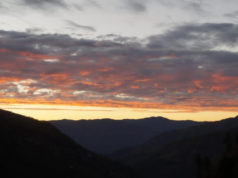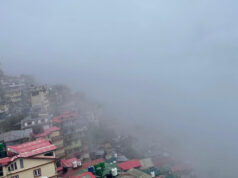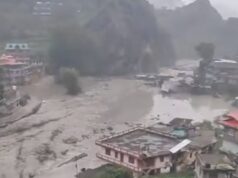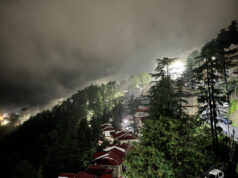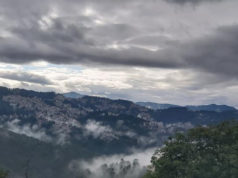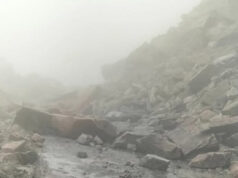Himachal Pradesh experienced its third driest October in 124 years, recording a staggering 97 percent rainfall deficiency. The state received just 0.7 mm of rain last month, compared to the normal October rainfall of 25.1 mm, marking a significant deviation from historical patterns. Districts including Hamirpur, Bilaspur, Solan, Sirmaur, Kullu, and Chamba reported no rainfall throughout October, underlining the severity of the situation.
According to the Meteorological Department, this is the third instance of such low precipitation in October since 1901, with the previous records occurring in the last decade. October 2017 saw a 99 percent rainfall deficiency, while October 2020 recorded a 98 percent shortfall. Since 2010, the state has received below-normal rainfall in October almost every year, except on three occasions. One notable outlier was October 2021, when the state saw 107 percent more rainfall than usual. Historically, the highest rainfall for October was recorded in 1955, at a remarkable 413.5 mm.
This year, the state experienced only light rainfall on six isolated days, and light snowfall was observed at Koksar between October 9 and 10. However, the rest of the month remained completely dry. The Meteorological Department predicts that dry weather is likely to persist over the next week, raising concerns about the impact on agriculture and water resources.
The onset of November has also brought unusual weather patterns. On the first day of the month, several cities in Himachal Pradesh experienced record-high temperatures. Hamirpur recorded a maximum temperature of 35.3°C, with Bilaspur, Dhaula Kuan, Neri, Bhuntar, Una, and Kangra all-surpassing 30°C on Diwali day. These temperatures represent significant increases compared to previous years. For instance, in 2020, the temperature in Kangra was 28.4°C, but this year it reached 30.7°C. Similarly, in Solan, temperatures were slightly lower than in 2020 but still reached 28°C.
The high temperatures persisted into November, with Kalpa recording 23.6°C on Friday, slightly below the 24.5°C recorded in 1984. Chamba’s maximum temperature reached 30°C for the first time since 2010, while Shimla’s temperature climbed to 22°C, the highest in November since 2016.
As the mountains warm up during the early winter season, concerns are growing about the long-term impact of changing weather patterns. Rising temperatures and prolonged dry spells are not only affecting the region’s ecology but also contributing to shifts in agricultural cycles and water availability.


